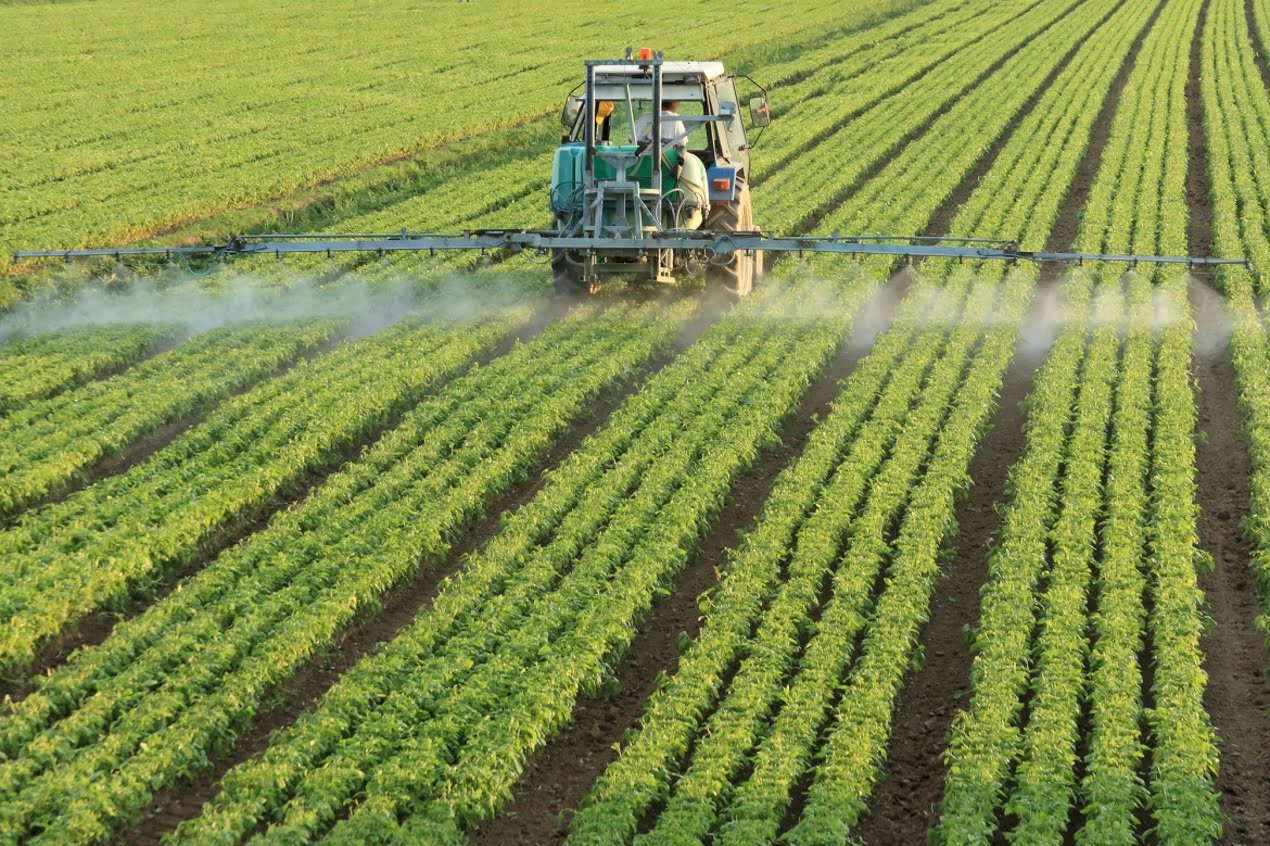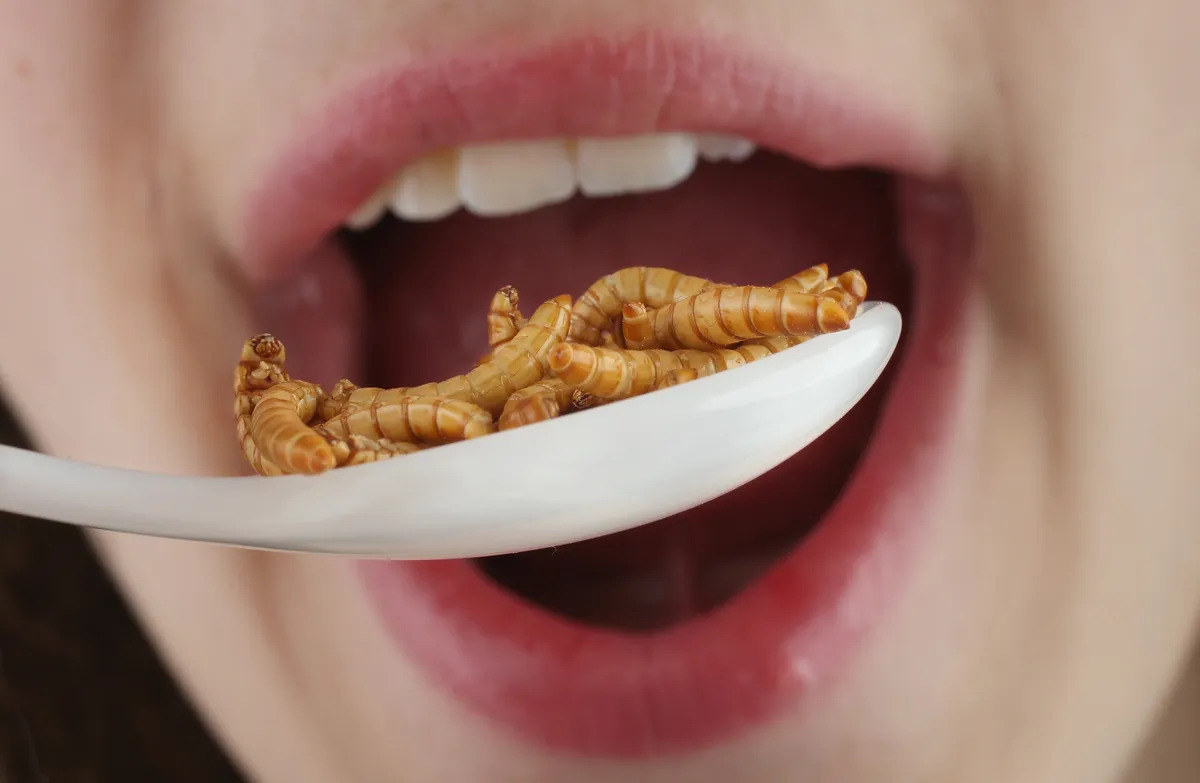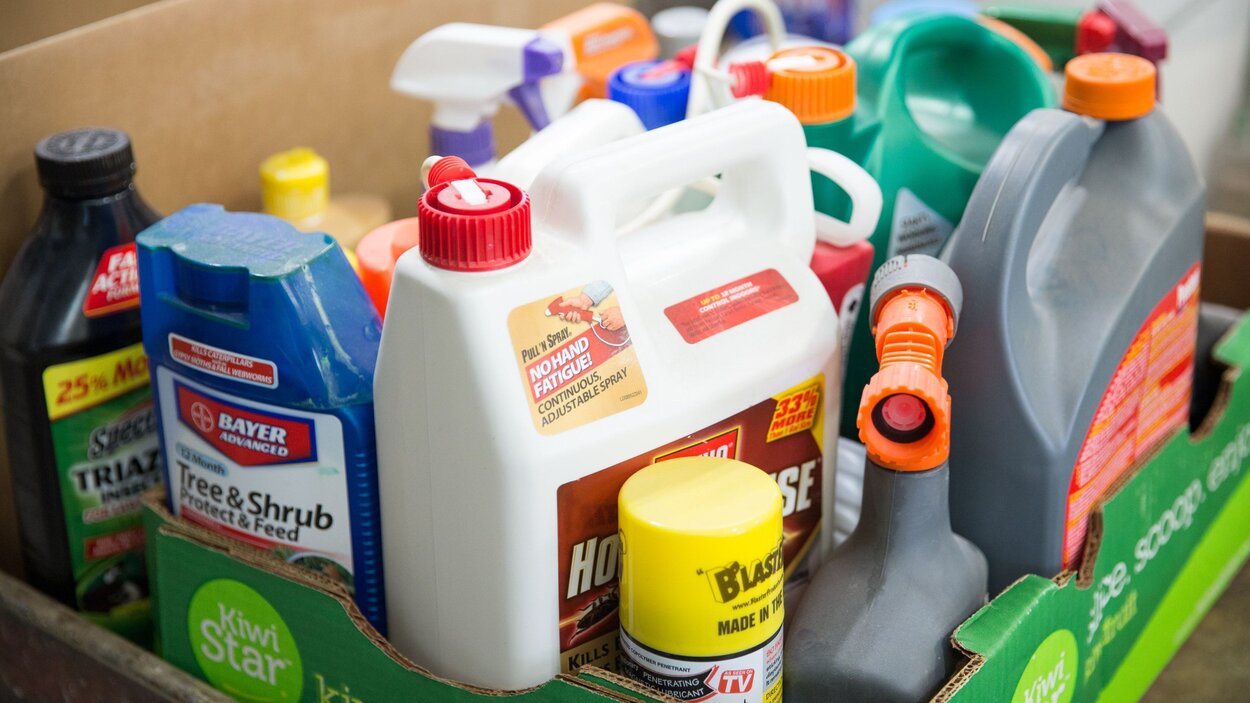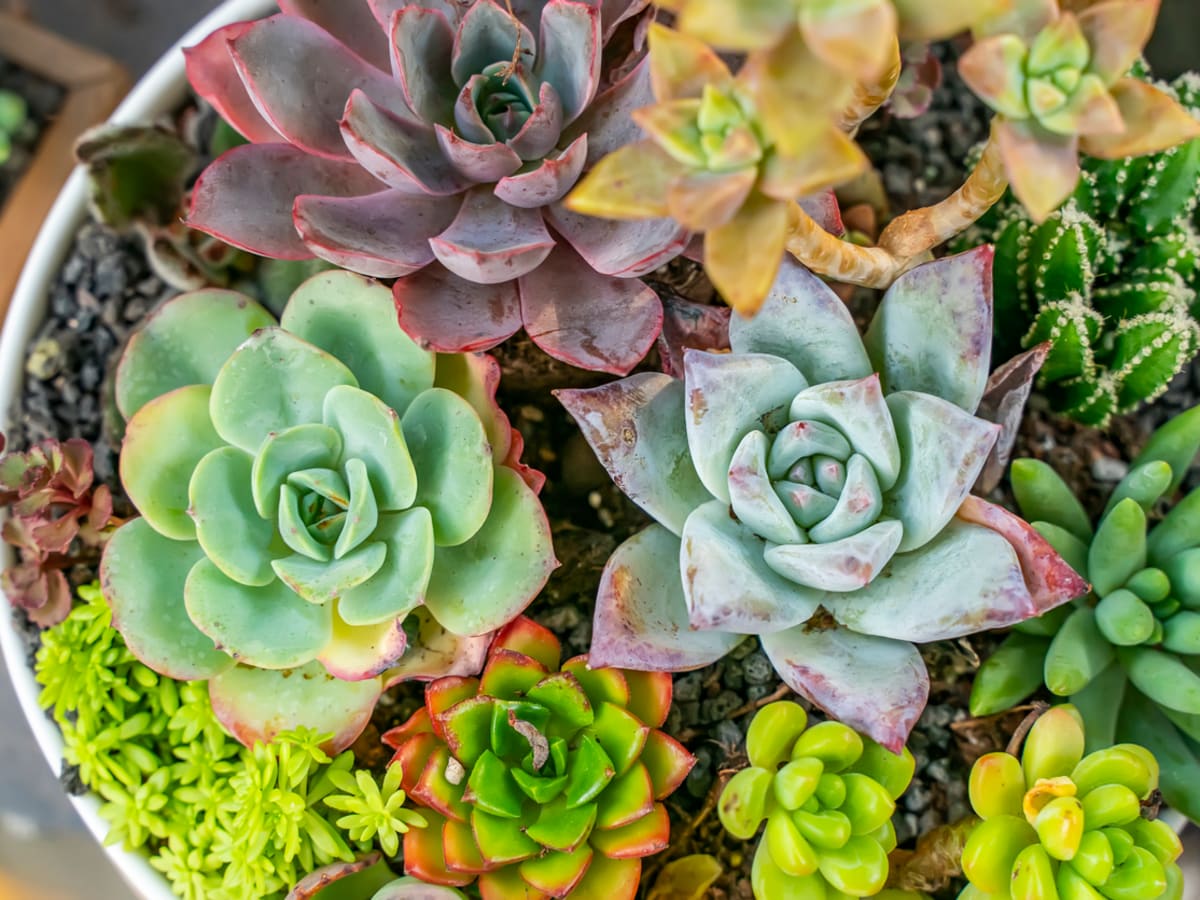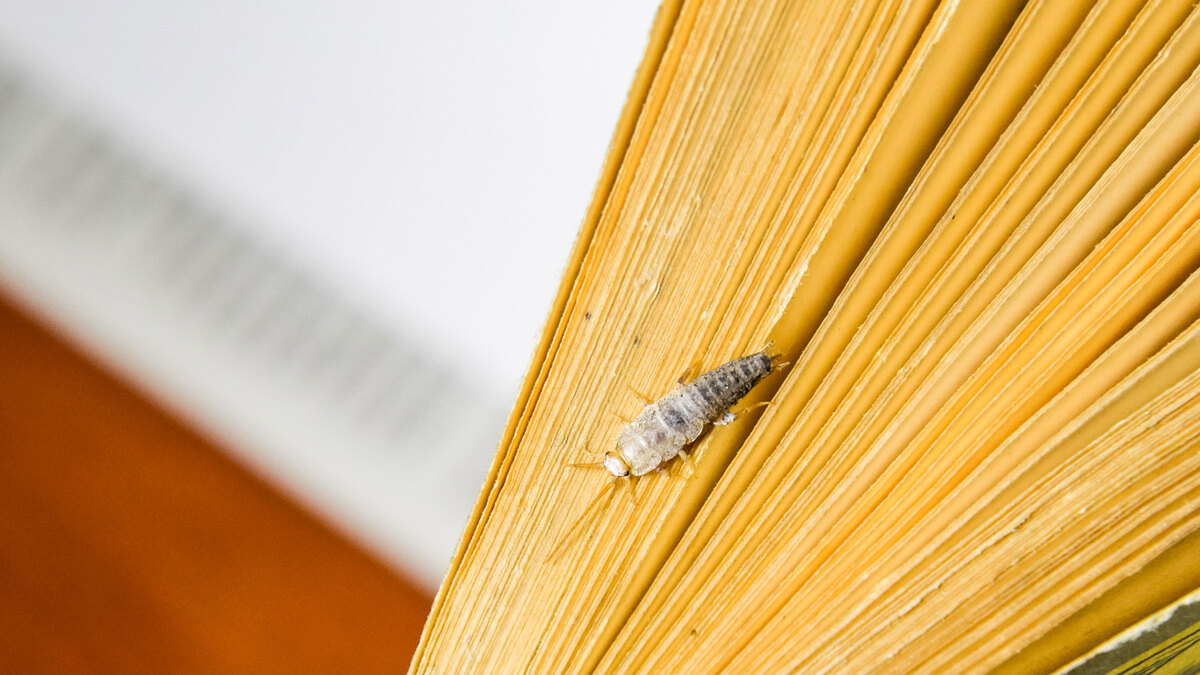Home>Gardening News and Trends>Latest News>How Many Bees Are Killed By Pesticides Each Year
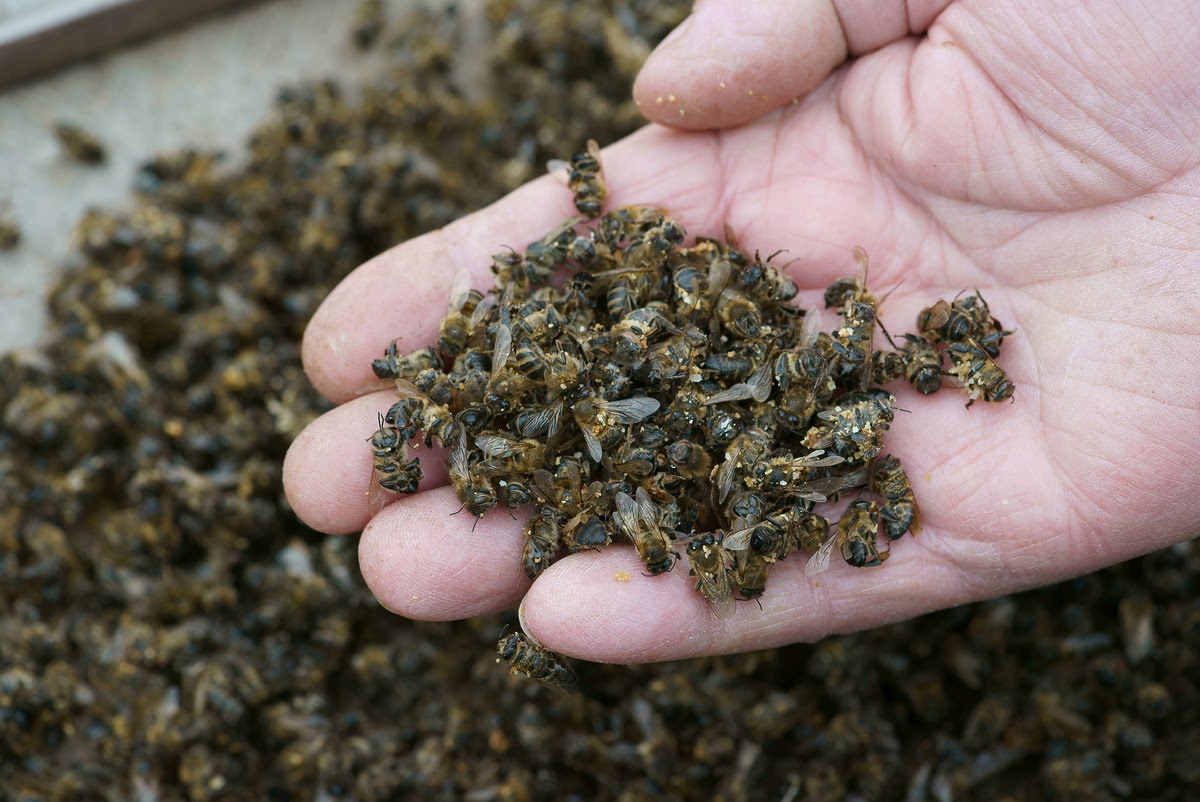

Latest News
How Many Bees Are Killed By Pesticides Each Year
Modified: January 22, 2024
Discover the latest news on the devastating impact of pesticides on bee populations. Learn how many bees are killed each year and the urgent need for sustainable solutions.
(Many of the links in this article redirect to a specific reviewed product. Your purchase of these products through affiliate links helps to generate commission for Chicagolandgardening.com, at no extra cost. Learn more)
Table of Contents
- Introduction
- The Impact of Pesticides on Bees
- Types of Pesticides Used in Agriculture
- Pesticide Exposure and Bee Mortality
- Estimating the Number of Bees Killed by Pesticides Annually
- Factors Influencing Bee Mortality Rates
- Government Regulations and Pesticide Use
- Promoting Bee-Friendly Alternatives and Conservation Efforts
- Conclusion
Introduction
Bees play a vital role in our ecosystem as they are responsible for pollinating a significant portion of the plants that produce our food. Unfortunately, the bee population has been facing alarming declines in recent years due to various factors, one of which is pesticide use. Pesticides are chemicals designed to control pests, but they can have detrimental effects on non-target organisms like bees.
In agricultural settings, pesticides are commonly used to protect crops from pests and diseases. However, these chemicals can unintentionally harm bees through direct contact or by contaminating their food sources, such as nectar and pollen. The consequences can be devastating, with potential long-term effects on bee populations and the ecosystems they support.
Understanding the impact of pesticides on bees is crucial for addressing this issue and implementing effective conservation strategies. By examining the types of pesticides used in agriculture, estimating bee mortality rates, and considering the factors that influence these rates, we can gain insight into the severity of the problem and identify ways to mitigate negative effects.
This article aims to explore the impact of pesticides on bees, provide an estimation of the number of bees killed by pesticides annually, discuss the factors influencing bee mortality rates, examine government regulations on pesticide use, and highlight the importance of promoting bee-friendly alternatives and conservation efforts.
The Impact of Pesticides on Bees
The use of pesticides in agriculture has raised concerns about their impact on bees, as these chemicals can have detrimental effects on their health and survival. Bees are exposed to pesticides through various routes, including direct contact with sprayed surfaces, consumption of contaminated pollen and nectar, and exposure to residues in their hive environment.
Pesticides can harm bees in several ways. They can disrupt the bees’ nervous system, impairing their ability to navigate, communicate, and forage for food. This can lead to reduced honey production, weakened immune systems, and increased susceptibility to diseases and parasites.
Another concern is the sublethal effects of pesticides, which may not cause immediate death but can have long-term consequences. For example, exposure to low levels of certain pesticides can interfere with bees’ reproductive systems, leading to reduced colony growth and queen failure. Additionally, some pesticides have been found to affect the learning and memory capabilities of bees, impacting their ability to perform vital tasks within the hive.
Among the most commonly used pesticides are neonicotinoids, a class of systemic insecticides. These chemicals are highly effective at controlling pests but have been identified as a major threat to bees. Neonicotinoids can persist in the environment for long periods, meaning bees can be exposed to them even when they are not directly applied to crops.
Furthermore, the impact of pesticides on bees extends beyond individual bees and colonies. Bees are essential for pollinating a wide range of plants, including many food crops. If bee populations decline due to pesticide exposure, crop yields can be significantly affected, leading to potential economic and food security implications.
It is important to note that not all pesticides have the same level of toxicity to bees. Some are more harmful than others, and the effects can vary depending on factors such as the dose, duration of exposure, and specific characteristics of the pesticide. Nonetheless, the cumulative impact of pesticide use on bees is a significant concern that requires attention and action.
Types of Pesticides Used in Agriculture
There are various types of pesticides used in agriculture to protect crops from pests and diseases. Understanding these different types can help shed light on the potential risks they pose to bees and the environment.
1. Insecticides: These pesticides are specifically designed to target and eliminate insect pests. They can be categorized into different classes, such as organophosphates, carbamates, pyrethroids, and neonicotinoids. These chemicals work by interfering with the nervous systems of insects, leading to paralysis or death.
2. Herbicides: Herbicides are used to control weeds that compete with crops for resources such as water, nutrients, and sunlight. Common herbicides include glyphosate, atrazine, and 2,4-D. While herbicides are primarily intended to target plants, they can also impact non-target organisms like bees if they come into contact with treated vegetation or contaminated nectar and pollen.
3. Fungicides: Fungicides are used to combat fungal and mold infections in crops. These chemicals work by inhibiting the growth and reproduction of fungi. Examples of fungicides include azoxystrobin, copper sulfate, and mancozeb. Similar to other pesticides, fungicides can also have unintended harmful effects on bees if they are exposed to contaminated resources.
4. Rodenticides: Rodenticides are used to control rodents that can damage crops and spread diseases. These chemicals are typically designed to attract and kill rats, mice, and other rodent pests. While not directly aimed at bees, rodenticides can indirectly affect them if bees come into contact with contaminated bait or if the chemicals are present in the bees’ forage area.
Although each type of pesticide serves a specific purpose in crop protection, it is important to use them judiciously and consider their potential impact on non-target organisms like bees. Alternatives to traditional chemical pesticides, such as biological controls and integrated pest management strategies, are also gaining recognition as more sustainable options that minimize harm to beneficial insects and the environment.
Pesticide Exposure and Bee Mortality
Pesticide exposure is a significant factor contributing to bee mortality. Bees can come into contact with pesticides through various pathways, including direct exposure to sprayed crops, ingestion of contaminated nectar and pollen, and exposure to residues in their hive environment.
When bees come into direct contact with pesticides, either through foliar application or treated surfaces, they can be exposed to high concentrations of these chemicals. This can lead to acute toxicity, causing immediate death or immediate negative effects on the bees’ health and behavior.
However, even low-level exposure to pesticides can have a detrimental impact on bees. Bees that forage on crops treated with systemic pesticides, such as neonicotinoids, may encounter sublethal doses of these chemicals. Over time, this chronic exposure can weaken the bees’ immune systems, impair their ability to forage, disrupt their navigation skills, and interfere with their reproductive capabilities.
Another concern is the contamination of bees’ food sources. Pesticide residues present in nectar and pollen can accumulate in the bees’ bodies, leading to long-term exposure and potential health effects. When bees bring contaminated resources back to the hive, the entire colony, including larvae and developing bees, can be exposed to these pesticides.
Furthermore, the presence of pesticides in the hive environment can have indirect effects on bee mortality. Pesticide residues can accumulate in beeswax and other hive materials, which can lead to chronic exposure over time. These residues can persist in the environment, posing a risk to future generations of bees and potentially contributing to colony collapse.
It is important to note that the effects of pesticide exposure on bee mortality can be influenced by various factors, including the type of pesticide, the dose and duration of exposure, the timing of pesticide application relative to bloom periods, and the overall health and resilience of the bee population. Additionally, the interaction between pesticides and other stressors, such as habitat loss, climate change, and pests and diseases, can exacerbate the negative effects on bee populations.
Efforts to mitigate pesticide exposure and reduce bee mortality include promoting integrated pest management practices, encouraging alternative pest control methods, and implementing stronger regulations and guidelines for pesticide use. By promoting sustainable agricultural practices and raising awareness about the importance of protecting bees, we can support their populations and safeguard the valuable ecosystem services they provide.
Estimating the Number of Bees Killed by Pesticides Annually
Estimating the precise number of bees killed by pesticides annually is a challenging task due to various factors, including the complexity of the ecosystems in which bees operate, the diversity of pesticide usage, and the limited data available. However, researchers and scientists have made efforts to estimate the magnitude of this issue to raise awareness and inform conservation strategies.
One approach to estimating bee mortality caused by pesticides involves conducting field studies in which bees are exposed to known concentrations of pesticides and monitoring their survival rates. These studies provide valuable insights into the lethal and sublethal effects of specific pesticides on bees. However, the results may not accurately reflect the real-world scenario, as they often involve controlled conditions and specific species of bees.
Another approach is to analyze historical data and trends related to pesticide usage and bee populations. Researchers gather data on pesticide application rates and assess the overlap between pesticide usage and bee foraging habitats. By considering the known toxicity levels of specific pesticides and the amount of exposure bees are likely to encounter, they can estimate the potential impact on bee mortality.
However, it is important to note that estimating the number of bees killed by pesticides annually is not a straightforward task. There are many uncertainties and limitations in the available data, such as variations in regional pesticide usage, differences in farming practices, and challenges in accurately assessing bee populations and mortality rates.
Nevertheless, studies and evidence suggest that the impact of pesticides on bee mortality is significant. For example, a comprehensive review published in Science found that exposure to neonicotinoids can lead to reduced survival rates, impaired reproductive success, and overall declines in bee populations. Other studies have also highlighted the harmful effects of pesticides on both managed honeybees and wild bee species.
These findings indicate that the number of bees killed by pesticides annually is likely in the millions, if not higher, globally. The exact figures may vary depending on the region, farming practices, and the specific types of pesticides used. Nonetheless, it is clear that pesticide use poses a significant threat to bee populations and the critical role they play in pollination.
Further research and monitoring efforts are needed to improve our understanding of the relationship between pesticide use and bee mortality. By gathering more data and conducting comprehensive studies, we can refine estimates and develop targeted strategies to minimize the impact of pesticides on bees.
Factors Influencing Bee Mortality Rates
Several factors influence bee mortality rates, including pesticide exposure, habitat loss, climate change, pests and diseases, and the overall health and resilience of bee populations. Understanding these factors is crucial for developing effective strategies to mitigate bee losses and ensure their long-term survival.
Pesticide exposure: Pesticides, particularly systemic insecticides like neonicotinoids, have been linked to increased bee mortality. The toxicity and persistence of these chemicals can have both acute and chronic effects on bees, impacting their behavior, immune systems, and reproductive capabilities.
Habitat loss and fragmentation: Bees rely on diverse and abundant floral resources to meet their nutritional needs. However, habitat loss due to urbanization, monoculture agriculture, and land-use changes can limit the availability of suitable foraging grounds. Fragmentation of habitats can also disrupt bee populations and reduce their ability to find mates and establish new colonies.
Climate change: Climate change can have profound effects on bee populations. Rising temperatures can alter flowering patterns, leading to mismatches between the timing of floral resources and bee foraging periods. Extreme weather events and changes in precipitation can also impact the availability and quality of floral resources, further stressing bee populations.
Pests and diseases: Parasites, pathogens, and pests, such as varroa mites and Nosema fungi, can weaken bee colonies and contribute to increased mortality rates. These organisms can cause damage to bees’ bodies, compromise their immune systems, and spread diseases within hives, leading to colony collapse.
Genetic and health factors: The overall health and genetic diversity of bee populations play a critical role in their ability to cope with various stressors. Bees with higher genetic diversity are often more resilient, adapting better to changing environments and resisting diseases. Factors like inbreeding, pesticide exposure, and poor nutrition can compromise bee health and increase mortality rates.
Interactions and cumulative effects: It is important to consider the interactions and cumulative effects of multiple stressors on bee mortality rates. The combined impact of pesticide exposure, habitat loss, climate change, and other factors can be more detrimental than any one stressor alone. For example, bees exposed to pesticides may be more susceptible to diseases or face greater challenges in finding suitable foraging areas.
Overall, addressing bee mortality rates requires a comprehensive approach that addresses multiple factors simultaneously. This includes promoting responsible pesticide use, conserving and restoring bee-friendly habitats, developing strategies to mitigate the impacts of climate change, implementing effective pest management practices, and improving overall bee health through disease prevention and genetic diversity conservation.
By understanding the complex factors influencing bee mortality rates and taking proactive measures to address them, we can work towards a future where bees thrive and continue to provide the essential pollination services that sustain our ecosystems and food production systems.
Government Regulations and Pesticide Use
Government regulations play a crucial role in managing and controlling the use of pesticides to protect bees and other non-target organisms. These regulations vary across countries and regions, but their primary aim is to ensure the safe and responsible use of pesticides while minimizing negative impacts on the environment and public health.
One key aspect of government regulations is the registration and approval process for pesticides. Before a pesticide can be legally used, it must undergo rigorous testing and evaluation to assess its potential risks and benefits. These tests often include assessments of toxicity to various organisms, including bees, and consideration of its environmental fate and persistence.
Regulations also set maximum residue limits (MRLs) for pesticide residues in food products. These limits help ensure that the levels of pesticides in food consumed by humans and animals are within acceptable safety standards. Consequently, they indirectly protect bees by minimizing their exposure to pesticide residues in their food sources.
Governments may also impose restrictions on the timing and method of pesticide application to reduce the risk of harm to bees. For example, regulations may prohibit or limit spraying during peak bee foraging periods or require the use of measures like buffer zones to protect adjacent habitats from pesticide drift.
Furthermore, some governments have implemented specific regulations targeting pesticides known to be particularly harmful to bees. For instance, several countries have imposed temporary or permanent bans on neonicotinoid insecticides due to the substantial evidence of their adverse effects on bees.
However, the effectiveness of government regulations in protecting bees can vary. Enforcement and compliance with regulations are key challenges. Ensuring that farmers and pesticide users adhere to guidelines and best practices requires adequate monitoring, education, and enforcement mechanisms.
There is an ongoing debate about the adequacy of existing regulations in mitigating the risks to bees. Some argue that current regulations do not sufficiently address sublethal effects and the cumulative impacts of multiple pesticide exposures. They argue for stronger regulations that prioritize the protection of bees and other pollinators.
To improve the effectiveness of government regulations, collaboration and communication among policymakers, scientists, farmers, and other stakeholders are crucial. Sharing knowledge and research findings can inform policy decisions and lead to more targeted regulations that strike a balance between agricultural needs and environmental protection.
Ultimately, government regulations and policies need to evolve with advancing scientific knowledge and emerging challenges to ensure effective protection of bees and other pollinators. By continuously reviewing and updating regulations, governments can contribute to the preservation of bee populations and the maintenance of healthy ecosystems.
Promoting Bee-Friendly Alternatives and Conservation Efforts
Recognizing the importance of bees and the challenges they face, efforts are being made to promote bee-friendly alternatives and conservation practices that can mitigate the impact of pesticides and other threats on bee populations.
1. Integrated Pest Management (IPM): IPM is an approach that focuses on long-term pest management strategies while minimizing the use of chemical pesticides. By utilizing a combination of cultural practices, biological controls, and targeted pesticide applications, IPM aims to reduce pesticide reliance and protect beneficial insects like bees.
2. Organic Farming: Organic farming practices prioritize the use of natural inputs, such as compost and biopesticides, instead of synthetic chemical pesticides. By promoting natural pest control and enhancing biodiversity, organic farming provides a more bee-friendly alternative to conventional agriculture.
3. Pollinator Habitat Restoration: Creating and preserving habitats rich in diverse floral resources is essential for supporting bee populations. Efforts are underway to restore and conserve native plant communities, establish pollinator-friendly gardens, and incorporate wildflower strips in agricultural landscapes to provide forage and nesting sites for bees.
4. Public Awareness and Education: Educating the public about the importance of bees and the threats they face is crucial for promoting conservation efforts. Raising awareness about the impacts of pesticides, habitat loss, and climate change on bees can lead to increased support for bee-friendly practices and policies.
5. Beekeeping Best Practices: Beekeepers play a critical role in bee conservation. By adopting management practices that prioritize bee health, such as regular colony inspections, disease prevention, and proper use of treatments, beekeepers can contribute to maintaining strong and resilient bee populations.
6. Collaboration and Partnerships: Collaborations between farmers, beekeepers, researchers, policymakers, and conservation organizations are essential for developing and implementing effective strategies to protect bees. Sharing knowledge, coordinating efforts, and fostering dialogue can lead to innovative solutions and greater impact in bee conservation.
Additionally, supporting research and monitoring initiatives is important for better understanding the factors influencing bee health, identifying emerging threats, and evaluating the efficacy of conservation measures. This facilitates evidence-based decision-making and targeted conservation efforts.
By taking a holistic approach that combines bee-friendly alternatives, habitat restoration, education, and collaboration, we can make significant strides in conserving bee populations. Protecting bees benefits not only the environment but also our food systems, as these pollinators are critical for crop production and ecosystem resilience.
Conclusion
The decline of bee populations is a critical issue that demands attention and action. Pesticides play a significant role in bee mortality rates, with harmful effects on their health, behavior, and reproductive success. However, bee losses are influenced by multiple factors, including habitat loss, climate change, pests and diseases, and genetic factors.
Government regulations on pesticide use, while important, must continually evolve to address emerging challenges and prioritize the protection of bees and other pollinators. This includes stricter guidelines, comprehensive testing, and monitoring to ensure the safe and responsible use of pesticides.
Promoting bee-friendly alternatives and conservation efforts is equally crucial. Integrated Pest Management and organic farming practices reduce reliance on chemical pesticides and provide healthier environments for bees. Habitat restoration initiatives and public awareness campaigns raise awareness about the importance of bees and encourage the preservation of their habitats and forage resources. Additionally, collaboration among stakeholders fosters innovation and knowledge-sharing to develop effective strategies for bee conservation.
We must continue supporting research and monitoring efforts to better understand the specific factors influencing bee mortality rates and refine conservation measures accordingly. By working together, we can protect bees, safeguard our ecosystems, and ensure the vital pollination services that sustain our food systems.
It is imperative that we acknowledge the critical role that bees play in our world and take decisive action to combat the threats they face. The survival of bees is intricately connected to our own well-being and the sustainability of our planet. By protecting bees, we not only preserve the beauty of nature but also secure the future of our food supply and foster a healthier and more balanced environment for all species.
